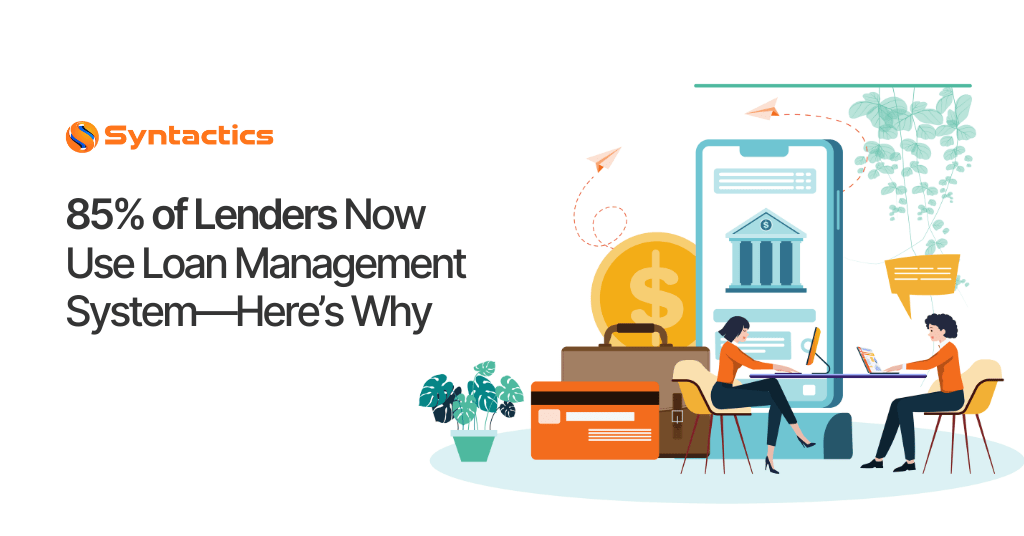
85% of Lenders Now Use Loan Management System—Here’s Why
Learn why lenders now use a loan management system. Explore its types, features, benefits, and how to choose the right software solution.
Financial institutions and lending companies face mounting pressure to enhance operations and provide seamless customer experiences. As AI and technologies advance, manual or outdated processes are no longer viable. That’s why many are turning to a customized Loan Management System (LMS) to stay agile and competitive while elevating borrower experience.
In fact, research shows that the LMS market is projected to double by 2029. This historic growth is due to the rapid expansion of financial services and increasing efficiency in lending operations. Other attributions include the growing number of mobile users and increasing usage of data analytics and business intelligence tools for credit assessment.
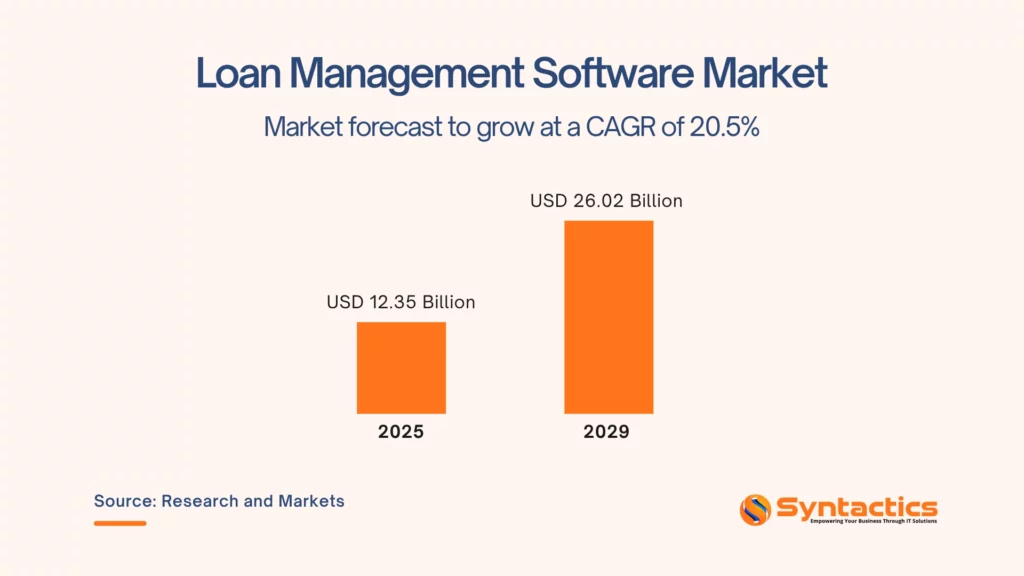
Source: Research and Markets
Key Takeaways
- 85% of financial institutions now offer loan applications online, indicating the widespread digital adoption in lending that typically involves loan management software. [Digital Banking Report]
- Lenders cite improved efficiency, accuracy, risk mitigation, and customer experience as top reasons for adopting a loan management system.
- LMS platforms automate core processes like application processing, underwriting, payment tracking, and compliance.
- Key features to consider in an LMS include automation, scalability, integrations, and regulatory compliance tools.
TABLE OF CONTENTS
Key Takeaways
Main Types of Loan Management Systems
Why Lenders Are Switching to LMS: Top Benefits
What to Look for in a Loan Management System
Conclusion
FAQs
Main Types of Loan Management Software Systems
Loan management software can be categorized into specialized systems tailored to different stages of the lending cycle. Each type is designed to handle specific operational needs, ensuring lenders can manage loans more effectively. In fact, customizing these LMS platforms through an expert software developer can help you align with your needs and specifications.
Below is an organized overview of the different types of LMS platforms:
Loan Origination Software (LOS)
Loan Origination Software handles the initial stages of the lending process, such as application intake, credit assessment, and approval. It automates manual workflows, reducing turnaround time and improve data accuracy, ideal for lenders seeking to accelerate onboarding and decision-making.
Some of the key features include digital loan application forms, automated credit checks and scoring, and workflow routing for underwriting and approvals.
Pros
- Speeds up the loan process
- Enhances borrower experience
- Reduces manual errors
Cons
- Doesn’t cover post-approval processes
- Requires integration with servicing systems
Loan Servicing Software
This type of loan software manages ongoing loan activities after origination, including payment tracking, escrow, and account maintenance. It ensures accuracy in amortization schedules and improves customer communication by automating notifications. Loan servicing software is best for lenders managing large and active loan portfolios.
Among the features are automated payment processing, account management dashboard, and borrower communication tools (e.g. chatbots).
Pros
- Streamlines payment tracking
- Reduces servicing errors
- Supports regulatory reporting
Cons
- Does not include origination tools
- Complex to set up for niche loan types
Loan Collection Software
This system is used when loans become delinquent and is suitable for lenders managing high volumes of past-due accounts. It automates reminders, escalations, and repayment follow-ups. This software also supports regulatory compliance and improves recovery rates.
Key features include delinquency alerts and workflows, customizable repayment reminders, and integration with legal and collection teams.
Pros
- Improves recovery and reduces defaults
- Enhances compliance with debt regulations
Cons
- Limited functionality outside collections
- May require manual overrides for complex cases
Commercial Loan Management Software
This is designed for handling high-value, complex loans such as business credit, real estate, and structured finance. It supports risk analytics, credit term compliance tracking, and collateral management. Ideally, it’s highly used for banks and other financial institutions offering commercial lending products.
Features include advanced risk assessment tools, multi-party deal tracking, and collateral and credit term compliance monitoring.
Pros
- Handles complex commercial structures
- Offers deep customization and reporting
Cons
- High implementation cost
- May be overbuilt for smaller lenders
Mortgage Loan Management Software
This system is tailored for residential mortgage lending, which can handle compliance, documentation, escrow, and insurer coordination. It supports long-term loan timelines and complex regulatory requirements — perfect for institutions focused on home financing.
Among the features included in mortgage loan software are built-in compliance workflows, escrow and tax management, and document template library.
Pros
- Ensures mortgage-specific compliance
- Manages entire mortgage lifecycles
Cons
- Less flexible for non-mortgage products
- Higher maintenance needs
Peer-to-Peer (P2P) Lending Software
P2P lending software connects individual lenders and borrowers via online platforms, enabling direct funding and loan agreements. It automates risk matching, KYC (Know Your Customer) verification, and repayment tracking. Most often, this system is used by many fintech platforms and alternative lenders.
This type of software usually features marketplace matching engine, investor and borrower portals, and built-in KYC and AML (Anti-Money Laundering) tools.
Pros
- Enables innovative lending models
- Scales easily with platform growth
Cons
- Subject to evolving regulations
- Complex for traditional lenders to adopt
Why Lenders Are Switching to LMS: Top Benefits
LMS platforms allow modern financial institutions to automate and simplify the entire loan process. It helps improve operational workflows, reduce errors, and enhance both lender and borrower experiences.
Here are the other reasons why lenders are switching to LMS:
Efficiency
LMS platforms can significantly streamline the entire loan lifecycle by automating repetitive tasks, such as application processes, credit checks, and payment tracking. As a result, it increases loan approvals and servicing, enabling lenders to handle large volumes of loans.
Accuracy
Since it minimizes manual processes in routine calculations and data entry, LMS reduces the likelihood of errors in computations and documentation. So, it helps maintain borrower trust and regulatory adherence.
Compliance
This software continuously incorporates up-to-date regulatory requirements, helping lenders stay compliant with evolving financial regulations. Automated compliance monitoring and reporting reduce the risk of penalties and legal challenges by flagging potential issues before they escalate.
Customer Experience
Many LMS platforms provide self-service portals where borrowers can easily view loan details, make payments, and access important documents anytime. This convenience, combined with prompt communication, can lead to higher borrower satisfaction and loyalty.
Cost Savings
Loan management systems reduce paperwork, eliminate redundancies, and decrease the need for manual intervention. This allows lenders to allocate resources more efficiently, translating into substantial savings, and allows lenders to scale their operations without increasing expenses.
What to Look for in a Loan Management System
Selecting the right loan software is a strategic investment that shapes how efficiently, securely, and compliantly your lending operations scale. In an industry governed by strict regulations, choosing a reliable custom software development company can make your lending platform a growth engine or a liability.
Below are the five critical factors to consider:
Lending Expertise Matters
Look for teams that bring real-world experience, who speak your language, and understand the stakes. This depth of knowledge ensures your system aligns with actual lending workflows and regulatory requirements, not just generic transaction logic.
Customizable to your Needs
Choose LMS platforms that adapt to your operations without requiring constant vendor support for minor changes. Real customization puts you in control, whether you’re modifying approval flows or setting custom repayment dates.
Built-in Compliance from the Start
In lending, your LMS should support evolving regulations from day one. This includes features like audit trails, disclosure automation, and a rule-based decision log. As such, it can help you stay ahead of regulators and avoid costly errors.
Integrates Smoothly with your Tools
Your loan management software should connect effortlessly with your existing tech stack, such as payment gateways, CRMs (Customer Relationship Management), accounting software, and more. Seamless integration reduces data silos, improves efficiency, and gives teams a unified view of each borrower.
Know When to Build vs Buy Your Software
Off-the-shelf solutions or ready-made software are ideal when they match 80% or more of your needs. But when your workflows are highly specialized or your competitive edge lies in your lending logic, custom software development is worth the investment.
Remember, the smartest path is knowing when to buy, when to build, and how to combine both without compromising control or scalability.
Conclusion
As digitalization accelerates across financial markets, having an efficient loan management system can directly affect your ability to compete, comply, and connect with borrowers. The right LMS simplifies your operations, ensures regulatory compliance, improves borrower satisfaction, and sets your business up for scalable growth.
Whether you’re upgrading from your outdated system or building from scratch, choose an experienced custom software development company in the Philippines. We’ll help you design a tailored solution based on your unique lending needs, making it secure, scalable, and built for long-term goals.

FAQs About Loan Management Software
What is a Loan Management System?
A Loan Management System is software designed to automate and manage the entire loan process, from application and approval through servicing, repayment, and collections. It helps lenders increase efficiency, ensure compliance, and enhance borrower experience.
Can the Loan Management System be customized to different loan types?
Yes. Many LMS platforms offer customization to handle various loan products like mortgages, auto loans, personal loans, commercial loans, and peer-to-peer lending. This includes adjustable parameters such as interest rates, repayment terms, and fees. Contact our software experts for a free consultation.
Is Loan Management Software scalable for growing lending businesses?
Yes. Many modern LMS solutions are designed with scalability in mind, capable of handling increasing loan volumes and adding features as business needs evolve.





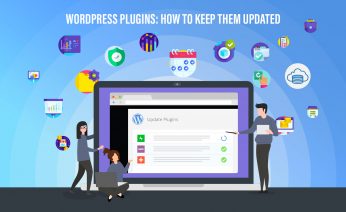



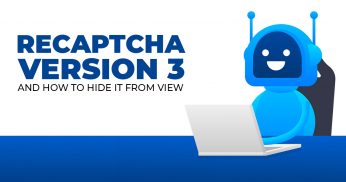


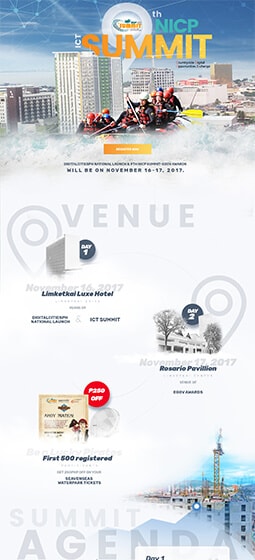

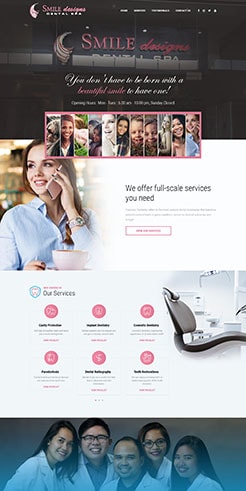


Comment 0